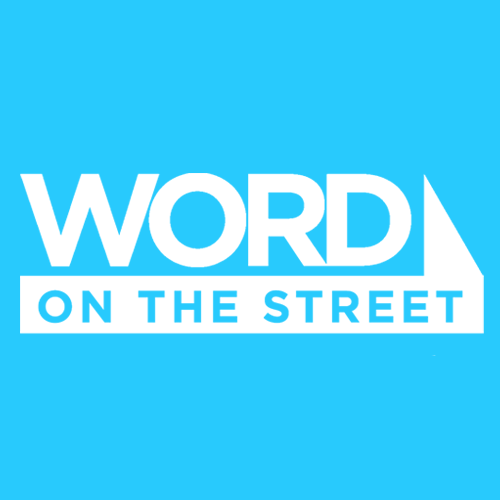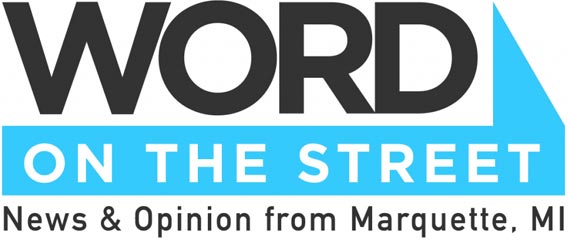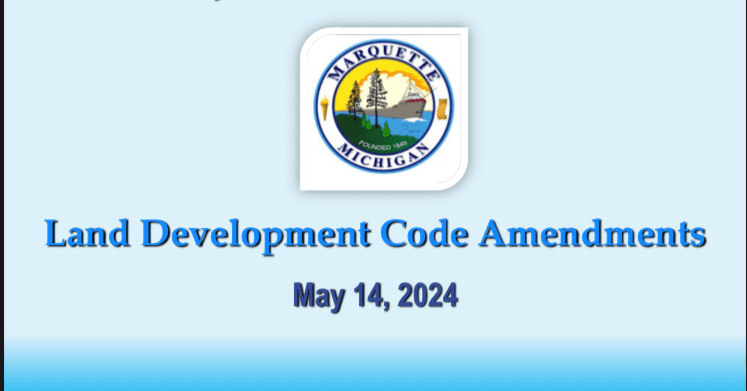The Marquette City Commission and the Marquette Planning Commission held a joint work session Tuesday to discuss proposed changes to the city’s Land Development Code. For residents who didn’t attend… that’s everybody but me and Margaret Brumm, I’d like to share some of the ideas presented that may have the most impact on what our community looks like going forward.
The Land Development Code, or LDC, is the guidebook used by city officials and the Planning Department when determining what is, and isn’t allowed on properties both private and public. You might call it the bible of land use, and it’s just about as easy to read and understand as THE Bible.
City Planner Dave Stensaas describes the code as follows… “It is the compendium of regulations for land uses and development, and by making the rules “regular,” or obvious and easily accessible, it provides predictability, protection, and a level playing field to all property owners and developers. It also provides environmental protections and the protection of municipal assets such as the water and sewer utilities. It is a “police power” ordinance that stewards the health, safety, and general welfare of the community.”
Still reading?
If you are, be warned… it’s not going to get any more exciting than what you’ve seen already. The Land Development Code won’t end up on anyone’s list of “things to read while at the beach.” It’s dry, detailed, long, at times confusing, and the type of document only people like Stensaas can love. And with all that, it’s probably the most important regulatory document in the city arsenal.
Tuesday’s work session brought city leaders together to go over recommended amendments to the code, a process that takes place every few years in order to help the city keep up with trends and changes that impact the daily lives of Marquette residents. And no detail is too small or insignificant. Almost every component of your lot and house has been ordered by the code. Much of it comes back to zoning, and what is or is not allowed in certain areas of the city. And lest you think our current administrators are responsible for all these rules we often complain about, let it be known… our first Zoning Ordinance was adopted ninety-nine years ago, in 1925.
Proposed changes to the current code are the result of months of work by the city’s Community Development Department and the appointed Planning Commission. The draft of the code being considered is a full 63 pages of definitions, charts, schedules, diagrams, and descriptions of everything from the level of noise permitted at a daycare center to the size of your upstairs bedroom.
Some of the changes being looked at are what I’d call “big picture,” and address needs that have been previously identified in the community. For example, housing is always an important topic, so there are a few items that target the need for more of it, affordable or otherwise. Currently there are limits as to how many unrelated people can occupy a residence. If approved, that number will increase. Similarly, zoning regulations will be changed to allow more duplex and triplex residences in certain zones. Both of these changes will address population density, where, in a city which is short of land available for development, means more people can live in less space.
Other changes include new regulations on home energy systems, like solar and wind. As more homeowners turn to these alternative sources, it’s incumbent upon the city to keep up with rules and regulations that ensure safety and nuisance standards are in place.
Daycare is also an area where the planners are hoping to make changes that will encourage more, and more accessible facilities. You think young families won’t like to hear that? That’s good news for both providers and parents, and just like housing… more might mean more affordable.
There are also rules regarding home businesses, and as the many different cottage industries continue to flourish, and more people work from home, the amended code will respond to current and future conditions.
Still reading?
Beyond specifics, I think the more important takeaway is that the Planning Commission, along with city staff, has worked to make the code more resident friendly, addressing the housing issue as well as others that affect a great number of Marquette taxpayers.
Mayor Sally Davis expressed “mixed feelings,” when considering how the character of some neighborhoods could be changed, not always to the delight of current residents. Planning Commission spokesperson Keven Clegg assured the city commissioners that making things more straightforward, and relaxing regulations without sacrificing quality of life, was a significant factor in their decision making.
Change isn’t always easy, or clean, or universally celebrated. But it’s inevitable. The trick is to have people in positions of power who make studied and reasonable decisions with the future of the community in mind. I think we have that.
Public Input
According to Stensaas, “In Michigan, a city or township must have adopted a Comprehensive Plan or Community Master Plan (CMP) in order to have a legitimate Zoning Ordinance or LDC, because the adoption of laws for land use must be related to a “zoning plan” that is adopted in a CMP.” If you’d like to examine the Draft Community Master Plan (CMP), that’s been under development since early 2023, you can find it online at www.marquettemi.gov. Public comments can also be made through a link found on the city’s homepage. Not unlike a wedding… speak now, or forever hold your peace.
If you’ve gotten this far… thanks for reading.


